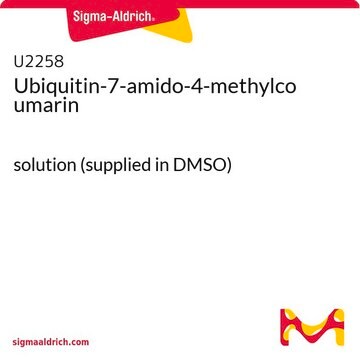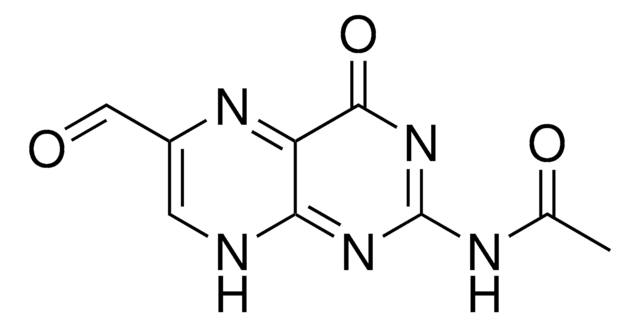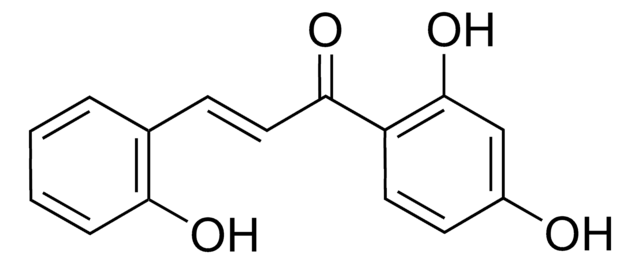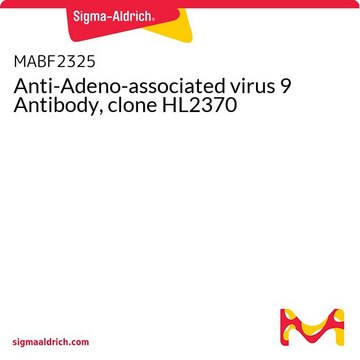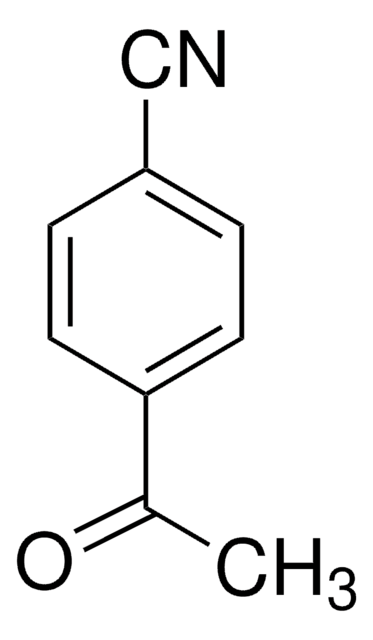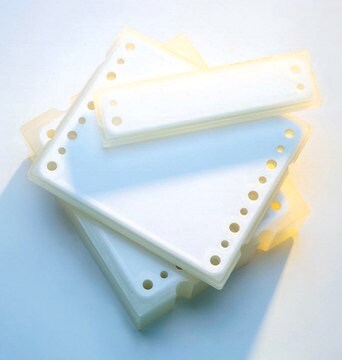MABF2075
Anti-MR1 Antibody, clone 26.5
clone 26.5, from mouse
Sinónimos:
Major histocompatibility complex class I-related gene protein, MHC class I-related gene protein, Class I histocompatibility antigen-like protein
About This Item
Productos recomendados
origen biológico
mouse
forma del anticuerpo
purified immunoglobulin
tipo de anticuerpo
primary antibodies
clon
26.5, monoclonal
reactividad de especies
rat, bovine, mouse, human
envase
antibody small pack of 25 μL
técnicas
flow cytometry: suitable
immunoprecipitation (IP): suitable
isotipo
IgG2aκ
Nº de acceso NCBI
Nº de acceso UniProt
modificación del objetivo postraduccional
unmodified
Información sobre el gen
human ... MR1(3140)
Descripción general
Especificidad
Inmunógeno
Aplicación
Flow Cytometry Analysis: A representative lot detected MR1 in flow cytometry applications (Huang, S., et. al. (2005). J Biol Chem. 280(22):21183-93; Gold, M.C., et. al. (2010). PLoS Biol. 8(6):e1000407; Huang, S., et. al. (2009). Proc Natl Acad Sci U S A. 106(20):8290-5).
Inhibits Activity/Function Analysis: A representative lot inhibited the activation of mucosal-associated invariant T (MAIT) cells by MR1 protein. (Huang, S., et. al. (2009). Proc Natl Acad Sci U S A. 106(20):8290-5).
Inflammation & Immunology
Calidad
Flow Cytometry Analysis: 1 µg of this antibody detected MR1 in one million MR1-transfected WT3 mouse embryonic fibroblasts.
Descripción de destino
Forma física
Almacenamiento y estabilidad
Otras notas
Cláusula de descargo de responsabilidad
¿No encuentra el producto adecuado?
Pruebe nuestro Herramienta de selección de productos.
Certificados de análisis (COA)
Busque Certificados de análisis (COA) introduciendo el número de lote del producto. Los números de lote se encuentran en la etiqueta del producto después de las palabras «Lot» o «Batch»
¿Ya tiene este producto?
Encuentre la documentación para los productos que ha comprado recientemente en la Biblioteca de documentos.
Nuestro equipo de científicos tiene experiencia en todas las áreas de investigación: Ciencias de la vida, Ciencia de los materiales, Síntesis química, Cromatografía, Analítica y muchas otras.
Póngase en contacto con el Servicio técnico